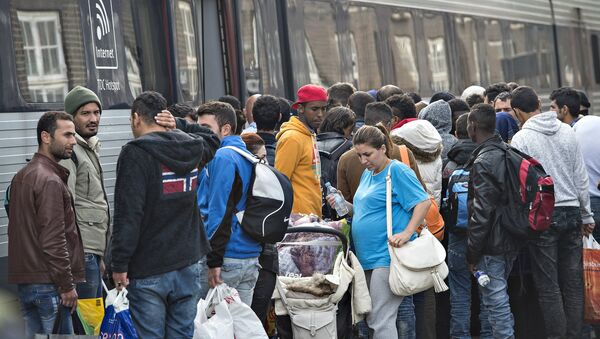The Danish government is going to introduce a separate category in its official statistics for crime, employment and other matters for people from predominantly Muslim countries in a bid to solve some of the problems arising from immigration.
For the purpose of statistics, Muslim immigrants and their children will be separated into the so-called MENAPT group, which stands for Middle East, North Africa, Pakistan and Turkey.
According to Immigration and Integration Minister Mattias Tesfaye, who approved of this measure, categorising people by region is beneficial in understanding patterns of crime and employment among people in Denmark with a foreign background.
“We need more honest numbers and I think it will benefit and qualify the integration debate if we get these figures out in the open, because fundamentally, they show that we in Denmark don’t really have problems with people from Latin America and the Far East. We have problems with people from the Middle East and North Africa,” Tesfaye told the newspaper Berlingske.
All of these regions are Muslim-majority and are currently over-represented in Danish crime and unemployment statistics. The so-called MENAPT group is also lagging behind in employment. For instance, as of 2018 MENAPT women had an employment rate of only 41.9 percent, compared with 61.6 percent for women from other non-Western countries such as Thailand and Vietnam.
Tesfaye rejected the notion that categorising people according to their country of origin was “racist”.
“I think you have to be proud of who you are and where you come from. I myself am half Ethiopian and 100 percent Danish, and I am not afraid that people know their roots and are proud of their roots. But we as decision-makers need to get honest figures that say something about the challenges of integration”, Tesfaye, himself the son of an Ethiopian immigrant, insisted. “I am not focused on specific religions, but on problems, and politicians are put in the world to solve problems,” he added.
Under the current system, Denmark differentiates between “Western” and “non-Western” heritage in official statistics on immigrants and their children. All EU Countries alongside the rest of Europe, the UK, the US, Canada and Australia are considered Western. The rest of the world is considered non-Western.
“Descendants” are also considered to be “foreign” for statistical purposes, despite being born in Denmark, unlike “immigrants” who have been born outside of Denmark.
At over 800,000, immigrants and their descendants account for some 14 percent of the Danish population of 5.8 million.
The most represented countries of origin within the Danish immigrant population are Turkey, Poland, Syria, Germany, Romania, Iraq, Lebanon, Pakistan, Bosnia and Herzegovina, Iran and Somalia.
There were a total of 516,000 immigrants and descendants from non-Western countries in Denmark as of 1 January 2020. Immigrants and descendants from the MENAPT countries make up 54.5 percent of these.


